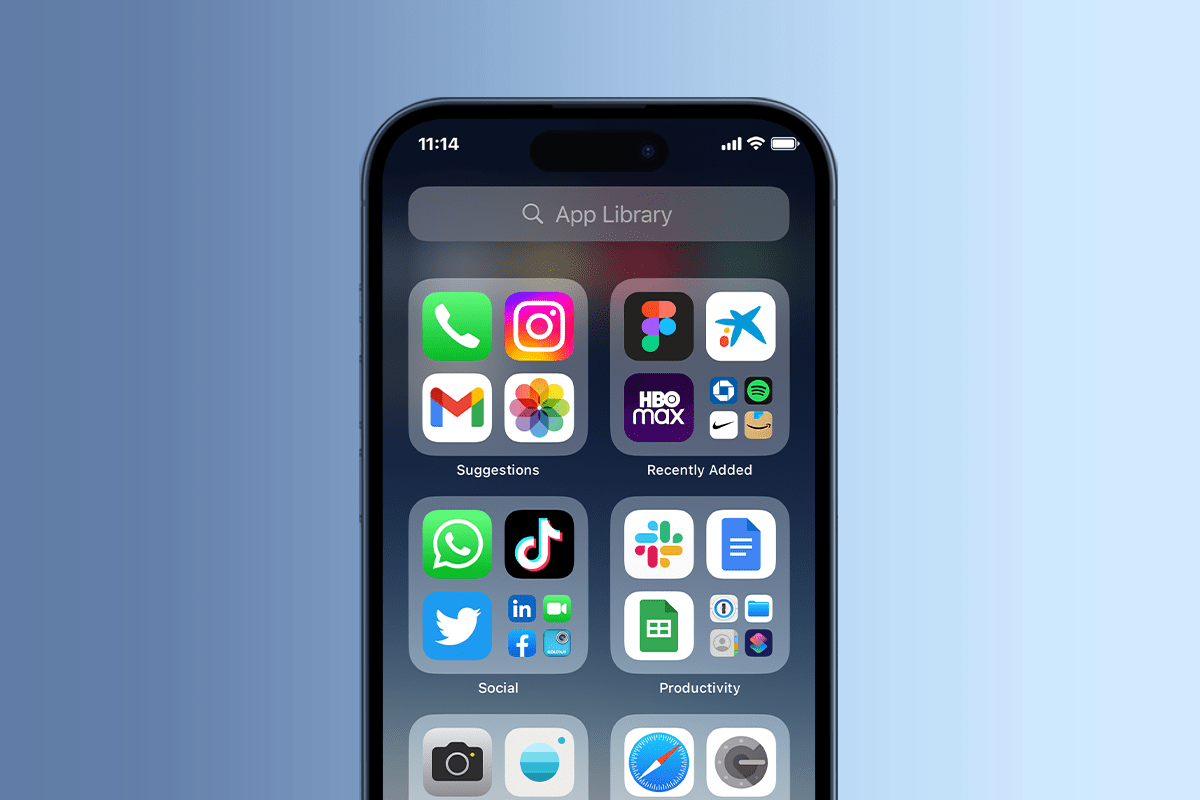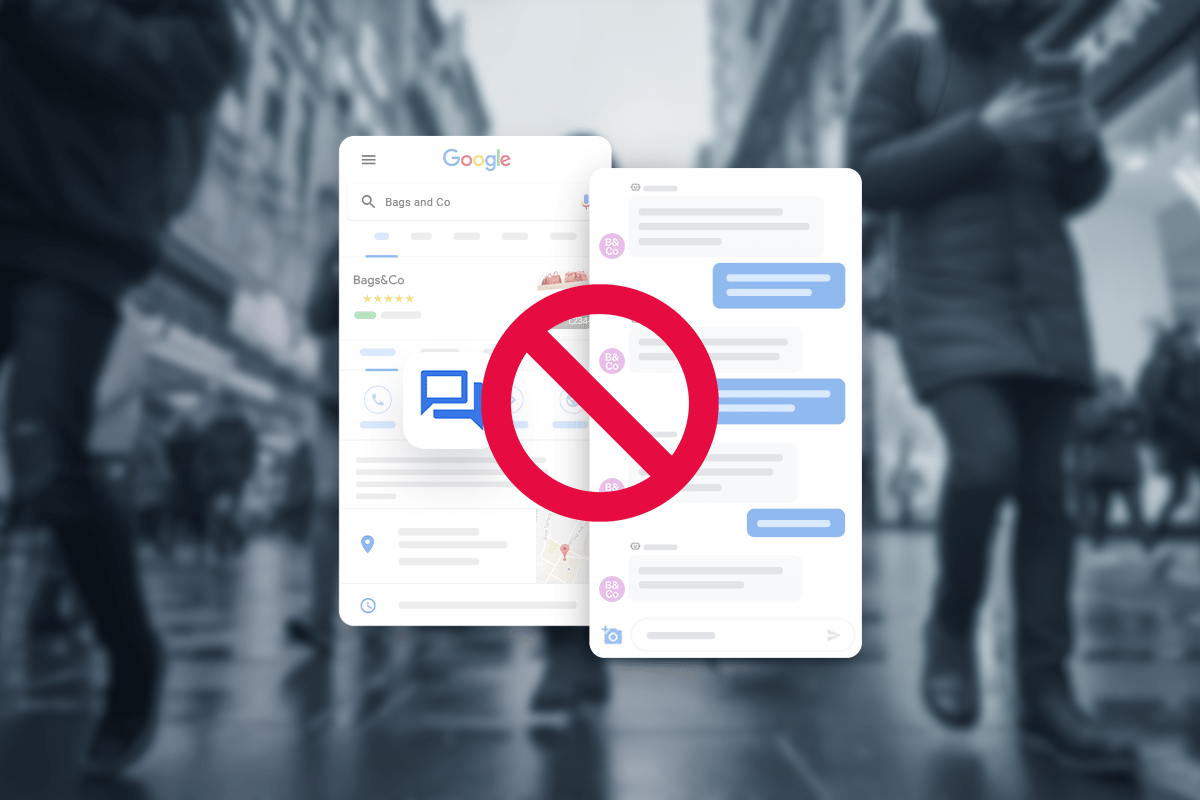Remember when every business was coming out with an app? Your favorite clothing brand, that big retail chain, your neighborhood grocery store, and even your babysitter jumped on the bandwagon and claimed real estate on their customers’ mobile devices.
It probably made you think: Do we need an app for our business?
Despite the many benefits of an app, diving headfirst into development can drain your team’s time and resources without the guarantee of a return. Done poorly, it can even hinder your customer experience. Before you do any mobile app development, you need a plan.
This article will take you through some of the lessons learned from working with brands that deliver world-class experiences within apps and beyond.
Why do companies build apps?
Apps are powerful marketing tools for all kinds of businesses—and none more than e-commerce. Here are some of the top reasons why businesses build an app.
A place for loyal customers.
Almost by default, a mobile app is an exclusive space for your loyal customers. Think about the last time you downloaded an app. It probably wasn’t for a business you buy from once a year. It’s almost always a brand you follow closely or a service you use frequently.
Providing an app is basically like creating a direct line of communication with your best customers. You can create exclusive content, provide a better shopping experience, and unlock early access to products and services. Apps are great ways to turn good customers into great ones.
Mobile device real estate.
On average, Americans check their phones 344 times per day—or once every 4 minutes. And 88% of the time we spend on our phones is spent in apps, according to Business Insider. Having your brand logo as an icon on your customers’ home screens is invaluable real estate.
Push notifications.
When customers have push notifications turned on, it’s another way to speak directly to your customers. Push notifications are great engagement tools, and you can connect with customers using timely and personalized communications and ultimately drive in-app sales.
Beating out or keeping up with competitors.
Standing out from the competition is another reason many businesses build apps. If your competitors are using apps to stand out from the crowd, then it often compels businesses to do the same.
What are the drawbacks of using building an app?
While mobile apps are still extremely popular, they have some major drawbacks for brands not ready to invest in them.
Phones are overcrowded.
Whereas building an app five years ago meant you stood out from the crowd, now you’re just one of many. People have an average of 80 apps on their phones, but they’re only using around nine a day.
Basically, that means mobile users are downloading apps and not using them on a regular basis. In fact, 25% of apps are used once and then never opened again, according to Statista.
Having an app doesn’t guarantee your customers’ attention or engagement—that’s still up to your marketing team.
There’s a big upfront investment.
Whether you enlist the help of your development team or outsource app creation, it’s a big lift. Getting a mobile app up and running takes significant resources, and while there may be a return on investment, it isn’t guaranteed.
When you’re already overwhelmed with your current development efforts, adding another microsite to manage could just make it worse.
You’ll double your marketing efforts.
More push notifications, more campaigns, more content. An app just means you have to do more to see an increase in revenue. While it could be a valuable asset, there are other, smaller steps you can take that will help you see the same revenue boost without the exponential effort.
Can you deliver rich customer experiences without an app?
Yes! But don’t think we’re anti-app. In fact, a lot of our clients create great apps that are sticky because they provide ongoing value to their customers. These clients are able to reach a whole set of people in their moment of need and build trust as they continue to look to the app for help.
However, many of the marketing and customer service goals that drive businesses to create an app can be achieved through rich business messaging. Here are a few examples.
Want to speak directly to your customers? Try outbound SMS.
Push notifications are extremely effective at connecting with customers, but it only takes a few taps to turn them off.
A similar communication method is outbound SMS messaging. You can personalize messages and deliver real-time communications via text messaging. Plus, with rich messaging capabilities, you can send interactive media like images, cards, emojis, and videos to enhance every conversation.
Want to engage with your customers? Use Google Business Messages.
Get customers from Google directly in communication with your customer service agents using Google Business Messages.
Customers can tap a message button right from Google search to connect with your team. (And since 92% of searches start with Google, there’s a good chance your customers will take advantage of this feature.)
Learn More About the End of Google Business Messages
Want to enhance your customer experience? Use Apple Messages for Business.
If you’re after a branded experience and want to meet user expectations, Apple Messages for Business delivers. Apple device users can simply tap the message icon from Maps, Siri, Safari, Spotlight, or your company’s website and instantly connect with your team.
You’ll deliver a rich messaging experience, plus your branding upfront and center. Your company name, logo, and colors will be featured in the messaging app, delivering a fully branded experience for your customers.
Want to be more social? Connect Quiq with social platforms.
Clients using Quiq are uniquely equipped with a conversational engagement platform that provides rich experiences to users across chat and business messaging channels.
This means that companies can provide content-rich, personalized experiences across SMS/text business messaging, web chat, Facebook, Twitter, Instagram, and WhatsApp.
Your brand can be on social platforms without working across them. Quiq gives your team access to all these messaging channels within one easy-to-use message center. So, unlike an app, adding more channels doesn’t necessarily increase the workload. It just gives your customers more ways to connect with you.
Should you consider business messaging over an app?
There’s no either/or choice here. Both can be part of a thriving marketing and customer service strategy. But if you’re looking for a way to engage your customers and haven’t tried business messaging—start there.
If you’re on the fence, consider this:
- You don’t have to build an app—you only have to implement business messaging.
- Customers don’t have to download and learn anything to connect with you. Business messaging is right there in communication channels they already know and love, like texting and social media.
Engage customers with or without an app.
The main goal of most apps is to help build long-term relationships with customers. Whether you choose to build an app or not, business messaging supports this goal by providing information, support, and help at the customer’s exact moment of need.
Quiq powers conversations between customers and companies across the most convenient and preferred engagement channels. With Quiq, you’ll have meaningful, timely, and personalized conversations with your customers that can be easily managed in a simplified UI.
Ready to see how business messaging can help you engage your customers with or without an app? Request a demo or try it for yourself today.




